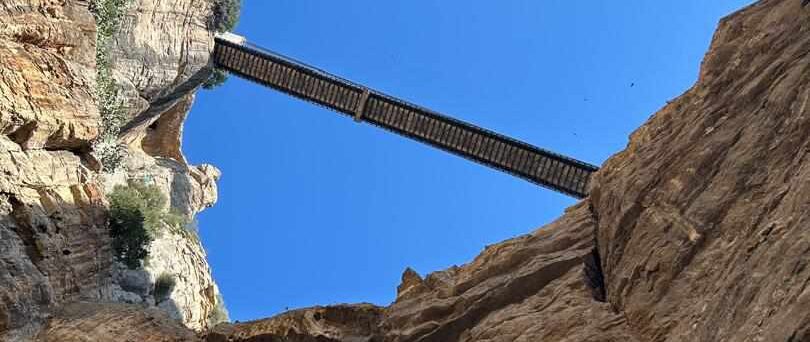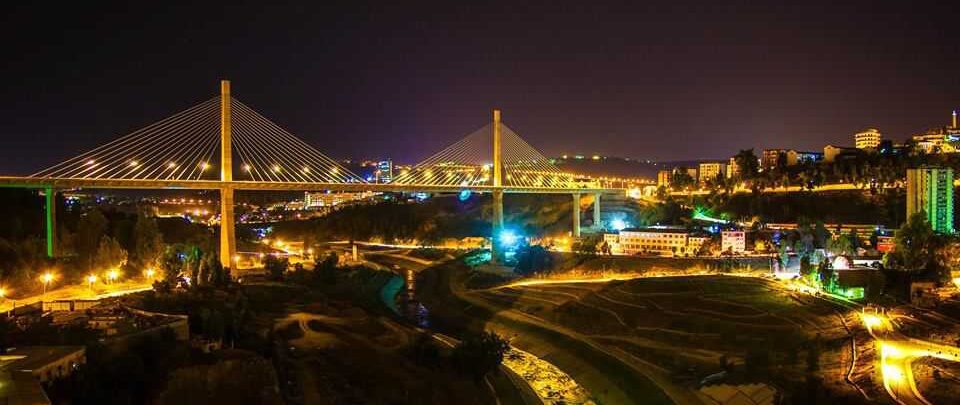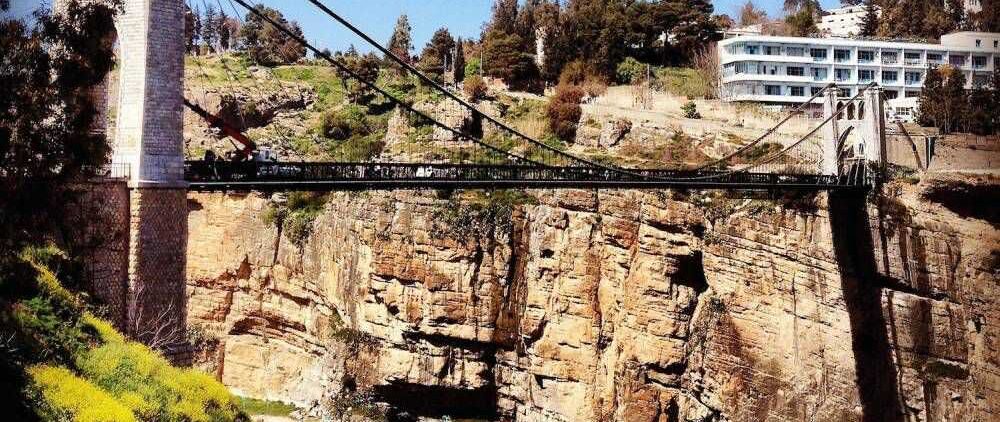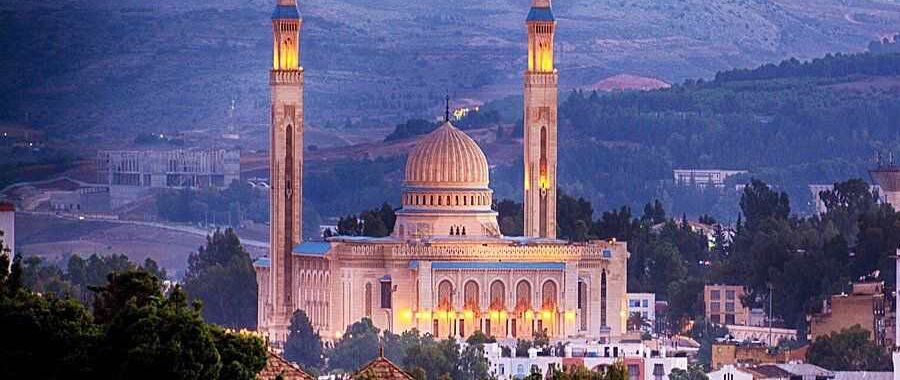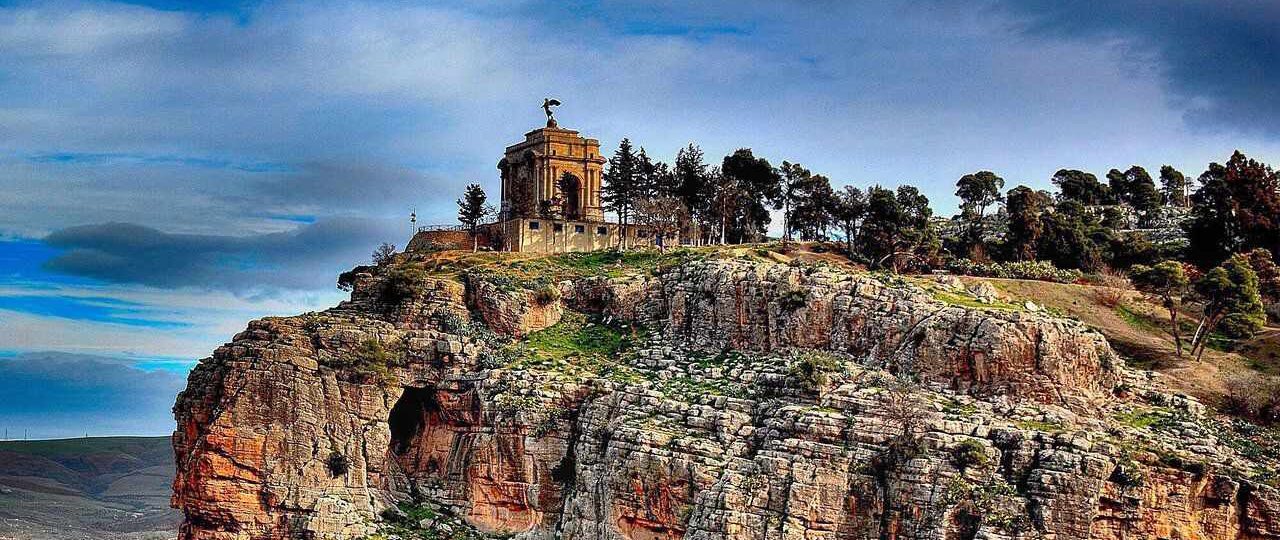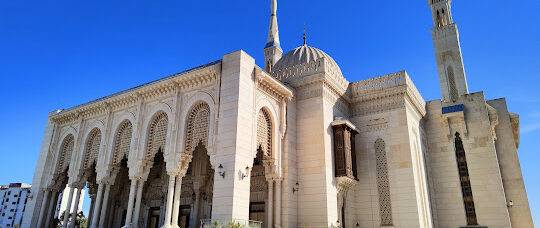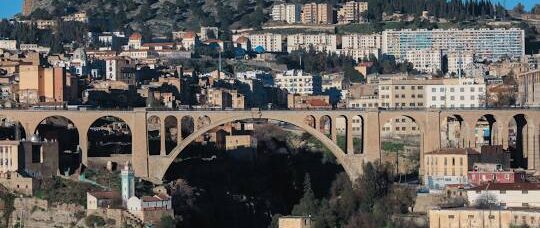Discover Constantine 
 Constantine:
Constantine: A 3,000-Year-Old Legacy in Stone and Sky Constantine is not just a city—it’s a living chronicle of over three millennia of history.
Built upon a massive rocky plateau surrounded by deep gorges carved by the Rhumel River, it has long been a fortress, a cultural capital, and a spiritual landmark. Known as Cirta in antiquity, Constantine has seen the rise and fall of Berber (Amazigh) kingdoms, Punic trade, Roman conquest, Arab-Muslim civilization, Ottoman rule, and French colonization—each leaving behind visible layers of memory in its stones, its architecture, and its soul.
A Journey Through Civilizations Amazigh Era: The cradle of powerful Berber dynasties like the Massyli and Massaesyli, Cirta was once the capital of King Syphax, a major figure in the Punic Wars. Punic Period: As a strategic ally of Carthage, the city became a bustling trade center. Roman Rule: After its annexation by Rome, Cirta became a Roman colonia and a model of urban development, with amphitheaters, aqueducts, and temples. Byzantine & Arab-Islamic Influence: From the 7th century, Constantine flourished as a center of learning and faith. Ottoman Grandeur: The medina, mosques, palaces, and hammams bear witness to centuries of Ottoman presence. French Colonization: From 1837, French influence reshaped the urban landscape, adding new boulevards, bridges, and administrative buildings.
 Nature Meets Legend:
Nature Meets Legend: The Rock and Its Wonders Constantine is built on and around a giant natural rock—an imposing stone citadel sculpted by nature. This iconic “Rocher” defines the city’s dramatic skyline and offers breathtaking views from every angle.
Discover it from: Above: A spectacular aerial view from the cable car (téléphérique) On foot: Walking trails and stairs along the Boulevard de l’Abîme, where the cliff plunges vertically into the Rhumel Below: Deep down, at the foot of the rock, feel the magnitude of Constantine’s natural fortress
 Ancient Tiddis:
Ancient Tiddis: A Forgotten Roman Gem Just 20 km from Constantine lies the archaeological site of Tiddis, one of the best-preserved Roman-Berber cities in North Africa. Built into red hills, it features: Roman baths, sanctuaries, and streets A Berber necropolis Stunning views over the Constantine plain A must-see for lovers of archaeology and forgotten civilizations.

Sites You Shouldn’t Miss Sidi M’Cid Bridge: 175 meters above the canyon Devil’s Bridge (Pont du Diable): A narrow bridge suspended over a dizzying chasm—half legend, half reality El Kantara Bridge: Connecting the old Casbah to the modern city Boulevard de l’Abîme: A cliff-side walk with unforgettable panoramas The Rock Tour: Accessible via cable car, stairs, or by car around its base The Emir Abdelkader Mosque: A modern masterpiece and one of Africa’s largest mosques The Palace of Ahmed Bey: A stunning Ottoman-era palace
The Cirta Museum: Home to Roman mosaics, Berber artifacts, and Islamic art Souq El-Ghazel: A colorful market in the heart of the old medina

Constantine for AFSRA 2025 Coming to Constantine for the AFSRA 2025 Congress means more than just attending a world-class scientific event—it means entering a city of legends, bridges, and civilizations. Whether viewed from the sky or explored step by step, Constantine will astonish you.
 Bring your walking shoes, your camera, and your sense of wonder—Constantine is ready to welcome you.
Bring your walking shoes, your camera, and your sense of wonder—Constantine is ready to welcome you.

